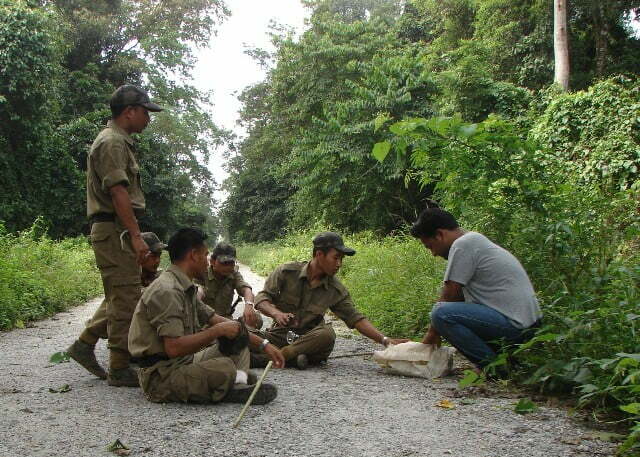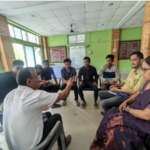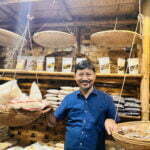A Bodoland Story
Rakesh Soud explores here into some startling facts about forest cover depletion in the BTC area and proposes some multi-pronged strategies to restrain any further mitigation of the tigers and other natural resources
Prior to the European worldwide exploration, the indigenous and local people of probably all countries had social systems that dealt with the management of natural resources. With the coming of British domination to India, there was a disruption of the communal systems, leading to an open access to natural resources. In short, tropical forest management based on the European concept has failed and requires change. In Assam, open access further resulted from the major political turmoil through militant groups reducing the Assam Forestry Department’s control even further. As a result the professional timber and trophy trading networks illegally dominated the forest areas and started exploiting the rich forest resources under the garb of so called ethnic violence or extremist domination. The recent years’ turmoil and tribulations have paved the way for more animosity amongst people.
Understanding the Political ecology:
Ethnically, the people of the Bodo community are the true sons of Assam. The Bodos that settle on the northern bank of river Brahmaputra up to the mountain border with Bhutan is their homeland. During the time of the Bodo movement for recognition as an autonomous community, the forest area of Bodoland suffered for various reasons and professional illegal trading networks took advantage of the unstable situation and utilized the locals’ knowledge and skills to cover their criminal demand. This further forced the Rhinos to become locally extinct from Manas National Park and tiger population came under serious threat. After the movement had ended with the establishment of the Bodoland Territorial Council, few local groups started using the new dawn for promoting a recollection of the Bodo traditional conservation attitude. The foundation for the project was laid in 2004 with the formation of the NGO Manas Maozigendri Eco-tourism Society on the initiative of local youth from several villages on the eastern range of Manas National park.
Consequently, community meetings, training sessions and capacity building workshops started in December 2004. The chosen model of participatory conservation was recognized by local authorities such as the Minster of Forest and Tourism, Bodoland Territorial Council, and the Forest Department Officials, as an effective way to ensure nature protection combined with sustainable regional development. This gives a strong emphasis regarding the need of coexistence of both tribal and wildlife. Another contentious issue in the Forest Rights Act was perplexed rules of ‘critical wildlife habitat’ also pitted against Critical Tiger Habitat under the amendments of the Wildlife Protection Act in 2006 with only a minor difference regarding jurisdiction and nothing else.
Tribal and Their Forest:
The question arises that why a tribal should protect forest when there is so much of pressure from every side. This must not be the responsibility of a particular section of people. It is not so easy to document or to determine specific causation; there has been a great deal of community interest in community conservation and related activities on the part of communities. But after the strong motivation, the locals came out to protect their own forest in different parts of Bodoland forest in form of people’s protection groups.
As a matter of fact, I had been engaged with lots of people working for the promotion and conservation with the local Bodo community in their own territory. They always propose two aspects to begin the rehabilitation of Bodoland forests. One by converting some of the uninhabited areas of Reserve Forests that still are good viable forests into Wildlife Sanctuaries, and another to convert those highly degraded residual areas that are inhabited into Village Forests or Community Reserves under forest dwellers. These two steps would give added protection to the uninhabited forest and give communities responsibility to reforest and manage their own forests for their own benefits as many communities had done in the past and some are currently doing, however, without legal protection.
A Village Forest or Community Reserve concept might be considered an extension of the Joint Forest Management concept or might be considered to be a modern approach to regain some of the earlier indigenous successes in community management while superimposing a modern co-management approach in which the community and government co-manage the resources with the help of local non-governmental organizations. These will definitely act as a major step before we loose both the tigers and tribals-our national heritage and pride.







